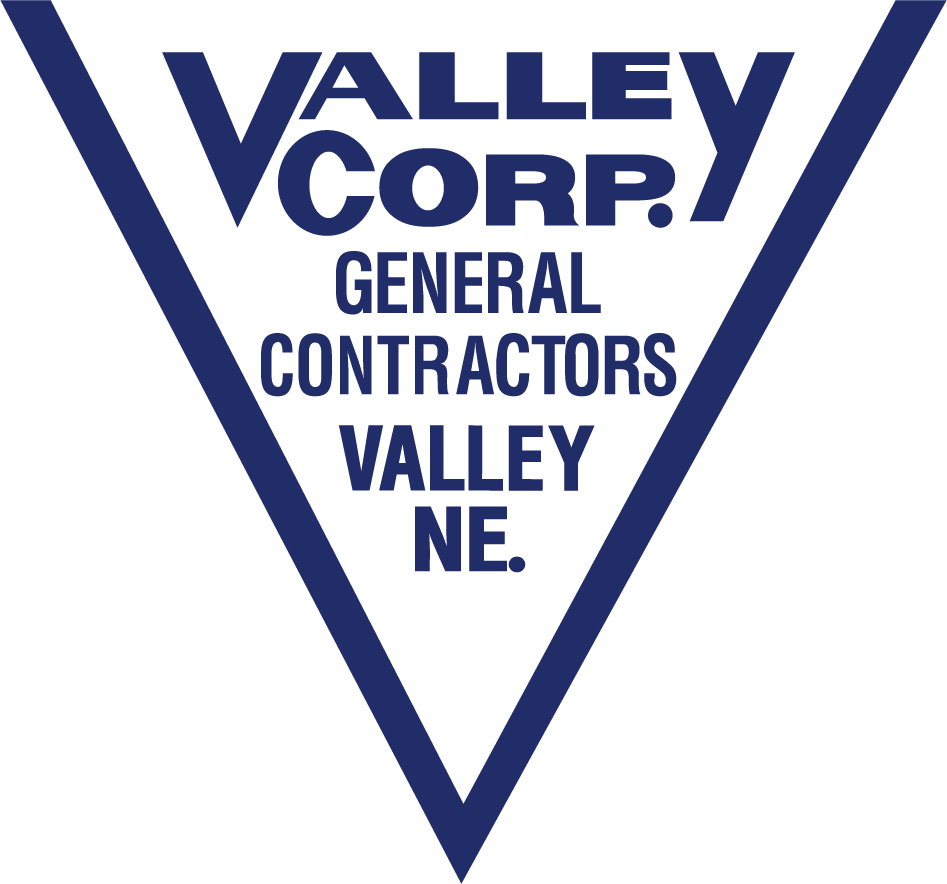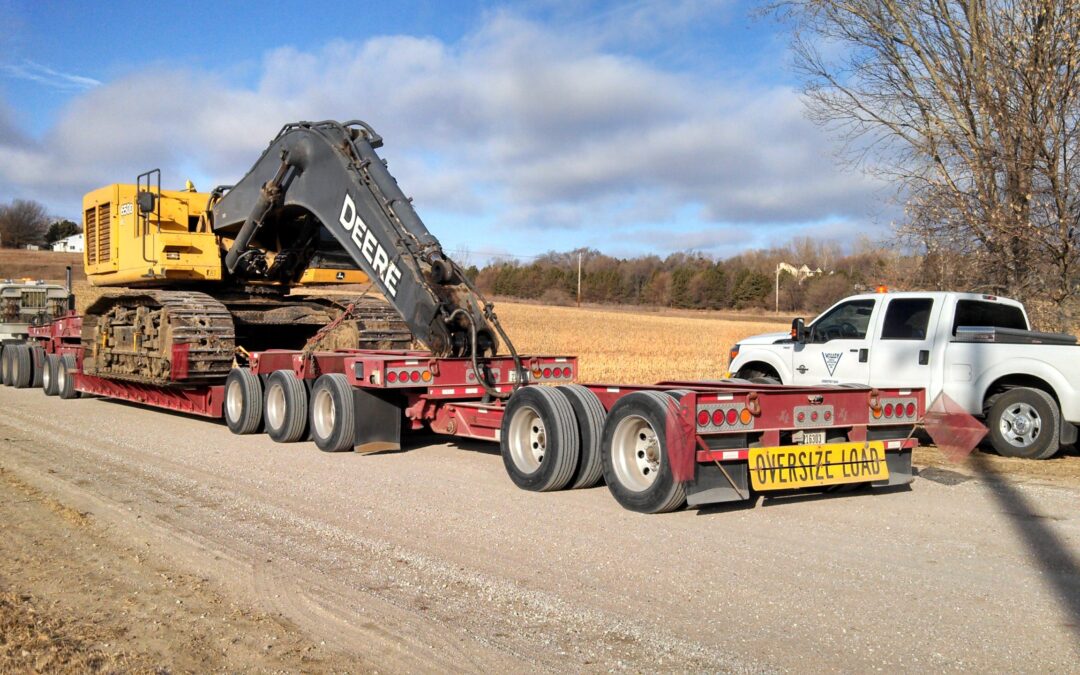Since 1972, businesses and municipalities throughout Eastern Nebraska and Western Iowa have turned to Valley Corporation for their biggest jobs, including demolition, remediation, and a wide range of construction services. One secret of our success has always been our people. Another is our close attention to the smallest details so the big stuff goes off without a hitch. Case in point: our heavy hauling services for Omaha. The guide below will help you better understand that process so we’re all on the same page.
Understand Your Project
Planning is the first step in everything we do, so if you’re getting in touch for heavy hauling, don’t be surprised if you get more questions than answers — at first. After all, those questions — what you need, what it’s for, where it’s going, when you need it, and for how long — are what guide us to the right answers.
Granted, the type and specifications of the item we’re transporting should be factored in. A mobile crusher has significantly different requirements than a handful of skid steer loaders, a heavy HVAC unit, or a generator to provide backup power onsite. But we’re acutely aware of the space limitations on job sites, so just-in-time delivery matters every bit as much for preserving workflow and safety as does the right truck and trailer combination.
Choose Your Trailer
Having gotten those questions out of the way, we now have a better understanding of your needs and it’s time to choose the right trailer. More often than not, contractors aren’t calling us for the smaller stuff; they’re reaching out for heavy equipment, aggregate deliveries, and the like. It’s not simply a matter of finding the right trailer weight rating for the cargo; many items have special handling or transport requirements due to their weight, size, or the steps that must be taken to secure them. This step ensures that your cargo arrives intact, but also ensures the safety of the operator and the drivers with whom they share the road — and saves you money on fines imposed if the job is handled wrong.
Plan Your Route from End to End
Next up, it’s time to plan the route from end to end. Depending on what’s being transported, you may require equipment at the start and end points for loading and unloading, like a crane or forklift. If those things aren’t already in your arsenal, you don’t want to scramble to find them at the last minute. Depending on the nature of the cargo, the points in between are no less important. We may need to avoid rail crossings, bridges, and areas with power lines. And because we’re being extra-careful, we’ll want to minimize time in areas with heavy traffic. Furthermore, we’ll be planning alternate routes in case road closures, foul weather, or other factors interfere with the preferred route.
Know the Rules of the Road
We’re not done yet. There are many rules and regulations governing heavy haulage, and we literally cannot afford to ignore them. Depending on what we’re hauling, there may be restrictions by size, time of day, or the area in which it’s traveling. Licenses and permits need to be in order, escort vehicles arranged, and any other pertinent details ironed out. Failure to dot our I’s and cross our T’s can result in delays and fines, and neither you nor we want that.
Work With an Experienced Hauler
Experience counts, especially since heavy hauling leaves very little margin for error. If you’re looking for heavy hauling services in the Omaha area, we invite you to get in touch with Valley Corporation for the planning, rolling stock, and operators to get the job done right.

